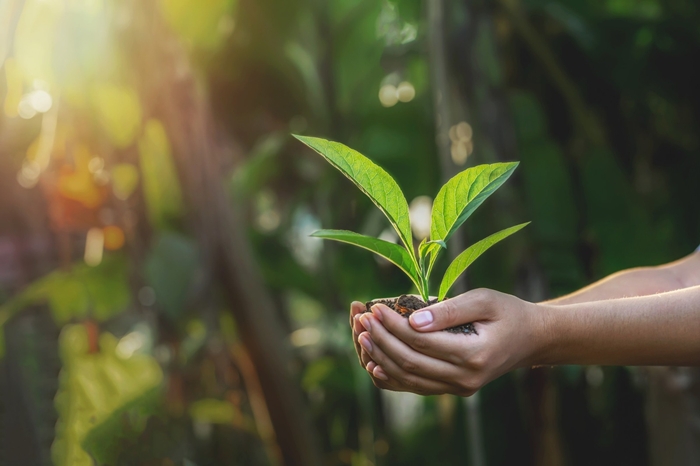
The Evolution of Sustainable Textiles – From Cotton to Bamboo and Hemp Bags

In a world increasingly aware of its environmental footprint, the conversation around sustainability has evolved far beyond reusable shopping bags and organic clothing. Today, the focus is on sustainable textiles—materials that not only reduce waste but also preserve natural resources and promote ethical production. From cotton to emerging alternatives like bamboo and hemp, the evolution of sustainable textiles marks a major shift toward eco-conscious living.
The Foundation: Cotton — Nature’s Original Sustainable Fiber
Cotton has long been recognized as one of the most sustainable natural fibers. Derived from the cotton plant, it is renewable, biodegradable, and highly versatile. Its comfort, durability, and breathability have made it a preferred choice for everything from clothing to reusable shopping bags. However, traditional cotton farming has faced criticism for its high water consumption and pesticide use. This has led to the rise of organic cotton, which is grown without harmful chemicals, ensuring better soil health and reduced environmental impact.
At Earth Safe, cotton remains a key material because of its balance between sustainability, quality, and practicality. When responsibly sourced, cotton offers an ideal blend of eco-friendliness and everyday usability.
The Rise of Bamboo Textiles
Bamboo has emerged as one of the fastest-growing and most sustainable raw materials in the textile industry. It grows naturally without the need for pesticides or fertilizers and requires far less water than cotton. Bamboo fibers are soft, lightweight, and naturally antibacterial, making them suitable for both apparel and eco-friendly bags.
The production process for bamboo textiles has also seen innovation. Earlier concerns about chemical processing are now being addressed through more eco-conscious methods such as closed-loop systems, which recycle water and solvents. The result is a textile that combines comfort, strength, and a significantly lower carbon footprint.
Hemp – The Powerhouse of Sustainability
Hemp is often considered the gold standard of sustainable fibers. It grows quickly, enriches the soil, and requires minimal water and no pesticides. Every part of the hemp plant can be used, making it a zero-waste crop. The resulting fiber is strong, durable, and naturally resistant to mold and UV rays.
Hemp fabrics have a unique texture and longevity, making them perfect for long-lasting bags and accessories. Their natural resistance to wear and tear makes them ideal for daily use while maintaining a minimal environmental footprint. With growing demand for sustainable fashion and packaging, hemp is becoming a central material in the green manufacturing movement.
Comparing Cotton, Bamboo, and Hemp
While all three fibers are sustainable in their own ways, their strengths differ. Cotton is soft and widely accessible, bamboo offers antibacterial and moisture-wicking properties, and hemp provides unmatched durability. A blended approach—using these materials in combination—can help manufacturers achieve optimal results in both performance and sustainability.
For example, blending organic cotton with hemp can create fabrics that are soft yet extremely strong, suitable for premium tote bags or utility bags. Similarly, incorporating bamboo fibers adds a smooth finish and enhances comfort.
The Future of Sustainable Textiles
The evolution of sustainable textiles reflects a growing awareness among both consumers and brands. As technology advances, innovations like recycled cotton, plant-based dyes, and biodegradable coatings are making eco-friendly fabrics even more efficient. The shift is not just about material choice—it’s about creating systems that respect the planet and empower people.
At Earth Safe, the mission continues to be the creation of environmentally responsible, stylish, and durable bags that support communities and inspire conscious living. As new sustainable materials like bamboo and hemp join cotton in redefining eco-conscious design, one thing is clear: the future of fashion and function lies in fabrics that care for both people and the planet.


